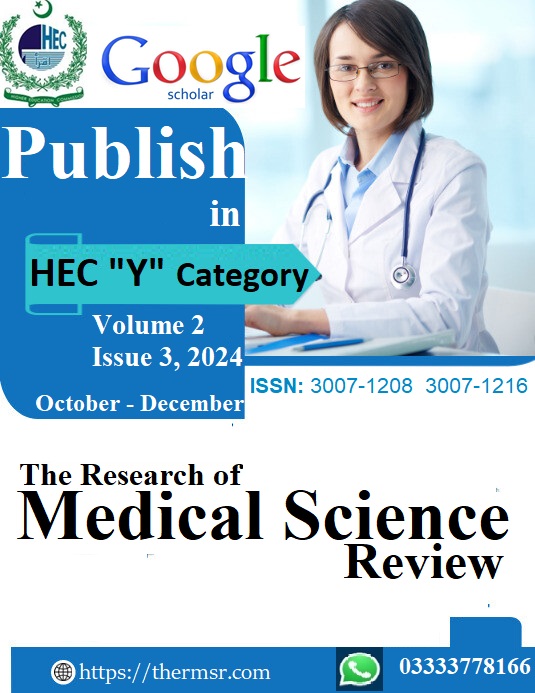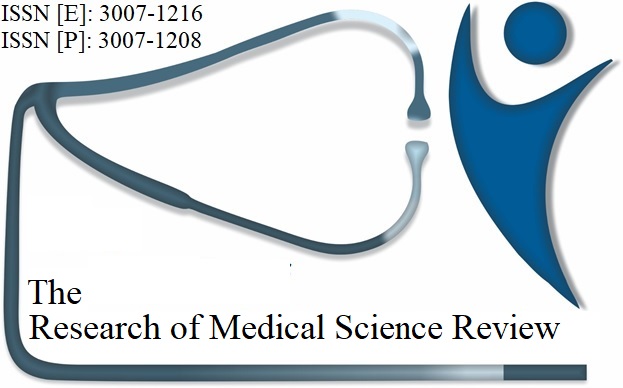ECHOCARDIOGRAPHY FINDINGS OF LEFT VENTRICULAR IN PATIENT WITH CONTROLLED AND UNCONTROLLED HYPERTENSION
Keywords:
Left Ventricle, Blood Pressure, Left Ventricular Mass Index, Ejection Fraction, HypertensionAbstract
Background: Hypertension is a common malignant disease that adversely affects cardiovascular health, particularly left ventricle function and structure. Under high blood pressure, the left ventricle changes structurally and functionally. These changes have features of left ventricular hypertrophy (LVH) and possible heart failure. This study aimed to determine the prevalence and severity of left ventricular hypertrophy (LVH) and left ventricular diastolic dysfunction and to identify the differences in left ventricular ejection fraction (LVEF) between controlled and uncontrolled hypertension patients.
Methods: This comparative cross-sectional study included 200 hypertensive patients (100 controlled and 100 uncontrolled) using convenience sampling methods at the Peshawar Institute of Cardiology. Screening for eligibility was based on inclusion and exclusion criteria. Ethical approval was obtained and data was collected after informed consent and echocardiography test, and SPSS/GraphPad Prism was used for analysis.
Results: A statistically significant difference found between controlled and uncontrolled hypertensive groups. The fact of having poor-control hypertensive patient demographic shows a greater prevalence of left ventricular hypertrophy (70% vs. 40%) and diastolic dysfunction (63% vs. 37%), alongside significantly greater left ventricular mass index; (125±15 g/m² vs. 95±12 g/m²). The uncontrolled cohort had a poorer mean left ventricular ejection fraction (55±7% vs. 60±5%) and higher evidence of systolic dysfunction (30% vs. 10%). Regarding gender distribution, poor control involved more males (60% vs. 55%) and a slightly older average age (52.1±8.5 years vs. 50.3±7.8 years). Mean structural remodeling associated with uncontrolled hypertension was found to be statistically highly significant (p < 0.0001).
Conclusions: This research study gives deep understandings into the separate effects of controlled and uncontrolled hypertension on left ventricular remodeling. It highlights the strong association between blood pressure control and cardiac health and emphasizes that individualized management would improve clinical outcomes.
Downloads
Downloads
Published
Issue
Section
License

This work is licensed under a Creative Commons Attribution-NonCommercial-NoDerivatives 4.0 International License.















